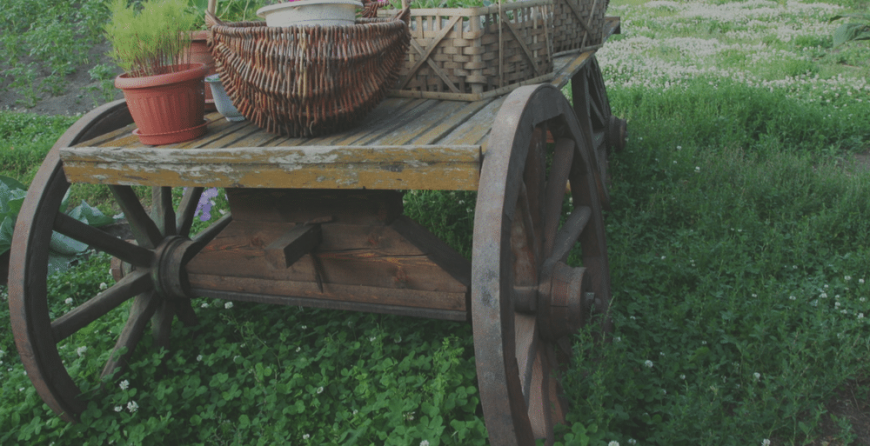Plant crops in wide beds
Wider beds offer adequate space between plants to promote air circulation, adequate walk paths when conducting garden maintenance and above all, adequate space repels fungal attacks and spread of diseases. Moreover, plants that you often harvest such as vegetables and flowers should be planted in beds that you do not walk on. Raised beds are perfect for vegetables and kitchen supplies such as onions and carrots. You also have adequate space to spread out compost and water your plants. Spacing reduces overshadowing and competition for soil nutrients among plants
Proper watering
Morning is the best time to water your plants because the temperatures are cool and less water is lost through winds and evaporation. On the other hand, if you water in the evening, the plants remain damp overnight, and this increases the chances of developing bacterial and fungal diseases. Also, aim at the roots when watering in the morning as opposed to the greenery which not only gets damaged by excess water but also wastes water. Ensure that you water at least twice a week to encourage deep rooting and grow stronger plants. Try to use water that is close to or at air temperatures to avoid shocking and eventually destroying the greens in your organic garden.
Proper weeding
Every healthy organic garden can still grow weeds. Weed seeds are tiny and pervasive meaning that you cannot eliminate weeds from your garden permanently. There are many ways of getting rid of garden weeds, but many experts consider the best way is to pull them out by hand. Some gardeners prefer to use chemicals that eliminate weeds just by spraying or pouring them in your garden. But, this approach can negate your organic gardening efforts, and you expose your garden, plants, and family to harmful chemicals. If you are not okay with bending and weeding, you may want to consider hiring a gardening expert to do the job for you.
Protect your plants from pests without using toxic pesticides
Organic gardening entails using natural gardening and maintenance products. As such, you should refrain from using toxic pesticides to ward off pests. Try to address the cause of the pests. In most cases, plants are attacked by pests because they have other problems like lack of enough moisture, nutrients and light. Start by addressing these gardening elements and practice diverse gardening to prevent onset and survival of pests. Also, encouraging beneficial predators such as toads, frogs, birds, lizards and bats to settle within your garden can be a step towards dealing with pests. Organic weapons for fighting pests include Bacillus thuringiensis. This is a bacteria that presents naturally and disrupts the onset of caterpillars and other leaf eating pests.
Harvesting
During your harvesting period, it is advisable to check your organic garden daily. If you have planted herbs, pick them just before using them. If you want to store them, harvest them before they flower. All herbs except basil should be harvested in mid-morning and basil in the late afternoon. Do no wash the herbs before drying them to avoid leaching flavor.
Clean Up
Cleaning the garden should be done after harvesting. Pull all organisms out and rake up underneath because diseased plants can harbor diseases under the soil for a long time.
Organic gardening is the future of gardening. Not using toxic chemicals and pesticides in your garden means reducing your chances of suffering from lifestyle diseases like cancer. You also protect your family and garden from the effects of harsh chemicals. You just need to follow the right gardening tips and seek advice from experienced organic gardeners.



